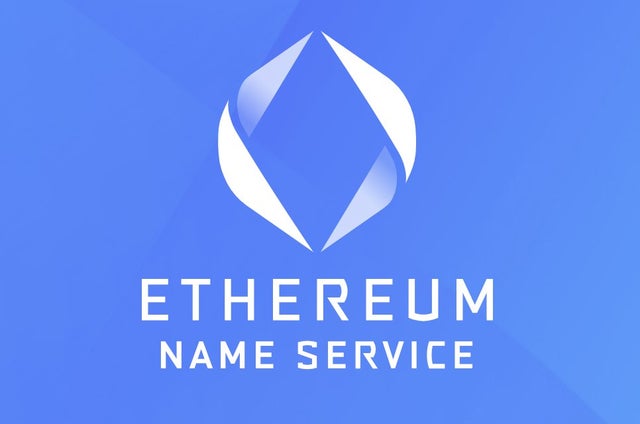I’ve Been Holding For 6 Years Now!
Back in my early college days in 2017 I had sold a website domain name for 22 eth, I sold some of it for cash, kept the rest, a year later I put it in a ledger and its been sitting there ever since. Its been a ride, will continue to hold, maybe see…
Read more




